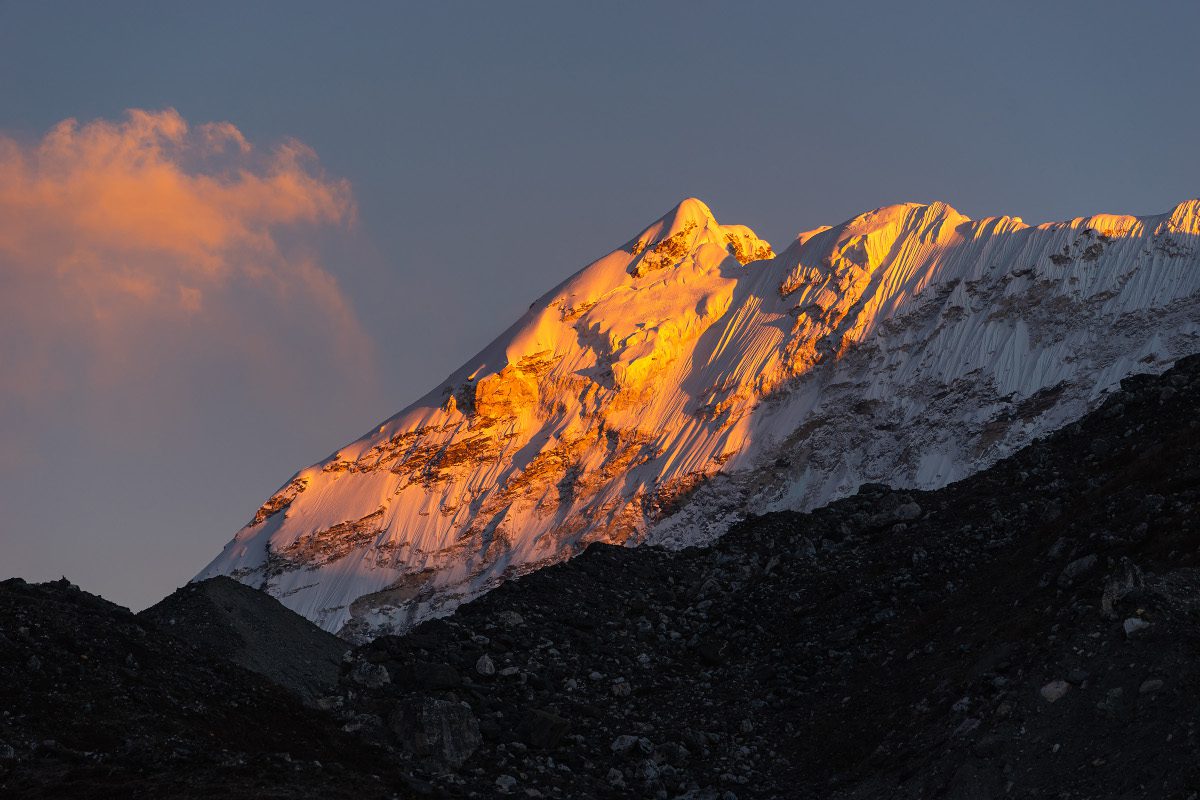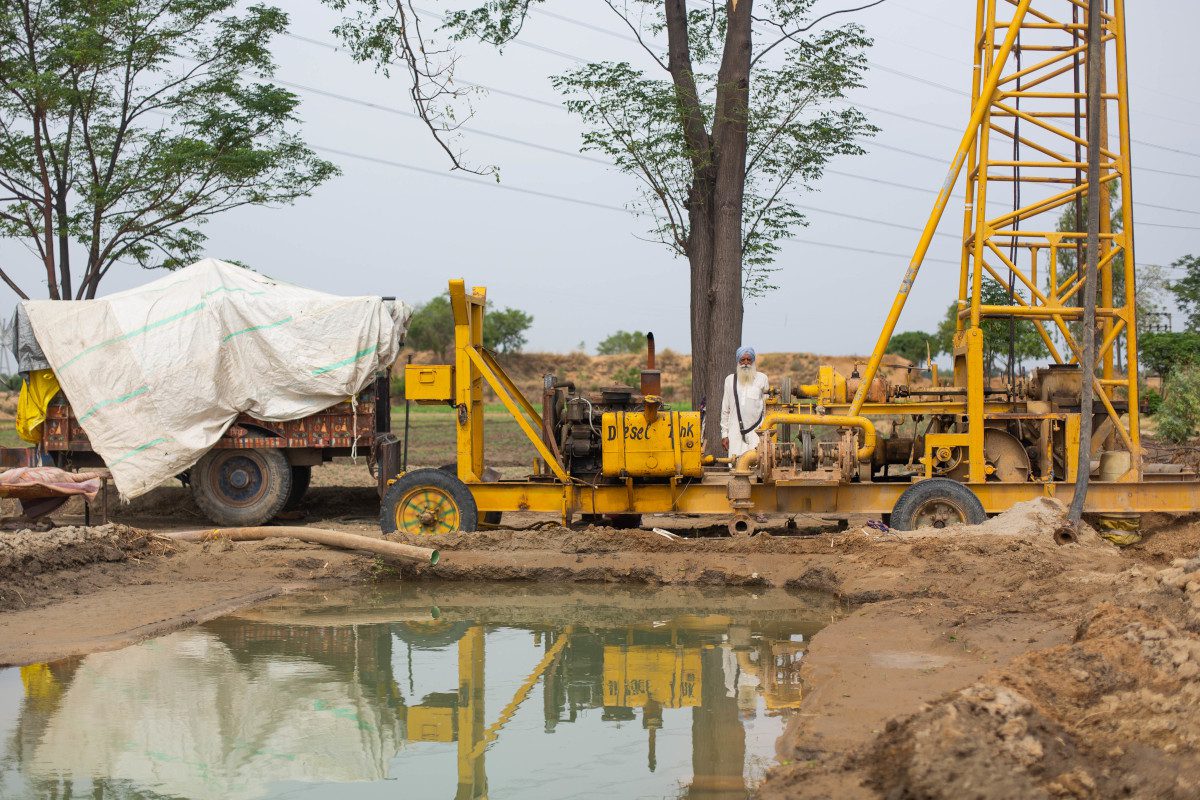The view from Chukung village, Everest Base Camp: The status of melting mountain glaciers is unescapable a tipping point.
A United Nations University report released on 25 October says drastic changes are unescapable if risks to our fundamental socioecological systems are not addressed.
The Interconnected Disaster Risks Report 2023 published by the United Nations University – Institute for Environment and Human Security (UNU-EHS) warns of six risk tipping points superiority of us:
• Accelerating extinctions
• Groundwater depletion
• Mountain glaciers melting
• Space debris
• Unbearable heat
• Uninsurable future
Systems are all virtually us and closely unfluctuating to us: ecosystems, supplies systems, water systems and more. When they deteriorate, it is typically not a simple and predictable process. Rather, instability slowly builds until suddenly a tipping point is reached and the system changes fundamentally or plane collapses, with potentially catastrophic impacts.
A risk tipping point is specified in the report as the moment at which a given socioecological system is no longer worldly-wise to buffer risks and provide its expected functions, without which the risk of catastrophic impacts to these systems increases substantially. These diverse cases illustrate that risk tipping points proffer vastitude the single domains of climate, ecosystems, society or technology. Instead, they are inherently interconnected, and they are moreover closely linked to human activities and livelihoods.
New report warns about tipping points with irreversible
Many new risks sally when and where our physical and natural worlds interconnect with human society. One example of a risk tipping point that the report explains is groundwater depletion. Underground water reservoirs tabbed aquifers are an essential freshwater resource virtually the world, and they supply drinking water to over 2 billion people. Virtually 70 per cent of groundwater withdrawals are used for agriculture, oftentimes when there is not sufficient water from above-ground sources available. Today, aquifers help to mitigate half of the losses in threshing caused by drought, a miracle which is only expected to increase in the future due to climate change. But the report warns that now it’s the aquifers themselves that are unescapable a tipping point.
More than half of the world’s major aquifers are stuff depleted faster than they can be naturally replenished. If the water table falls unelevated a level that existing wells can access, farmers can suddenly find themselves without the worthiness to wangle water, which puts unshortened supplies production systems at risk of failure. Some countries, such as Saudi Arabia, have once surpassed this groundwater risk tipping point; others, like India, are not far from it.
“As we indiscriminately pericope our water resources, forfeiture nature and biodiversity, and pollute both Earth and space, we are moving dangerously tropical to the brink of multiple risk tipping points that could destroy the very systems that our life depends on,” said Dr. Zita Sebesvari, Lead Author of the Interconnected Disaster Risks report and Deputy Director of UNU-EHS. “Additionally, we moreover lose some of our tools and options to deal with future disaster risk.”
The wringer reveals that the cases share similar root causes and drivers which are embedded in our deportment and behaviours that increasingly put pressure on our systems until they are pushed to the brink of collapse. Reaching these points ways new risks will be introduced, many of which we do not yet know of.
“As we tideway these tipping points, we will once uncork to wits the impacts. Once crossed, it will be difficult to go back,” warned Dr. Jack O’Connor, Lead Author and Senior Expert at UNU-EHS. “Our report can help us see risks superiority of us, the causes overdue them and the urgent changes required to stave them.”
The report does not just pinpoint and identify risk tipping points, but it moreover proposes a new framework to stave or mitigate the consequences. Solutions fall into two categories: Stave solutions, which target root causes and drivers of risk to stave risk tipping points altogether, and Adapt solutions, which help prepare or largest write the negative impacts of risk tipping points if they cannot be avoided.
For both Stave and Adapt solutions, there are two type of actions. Wait deportment work within the existing “business as usual” system and aim to slow lanugo the progression toward risk tipping points or the worst impacts. But the platonic whoopee is to Transform, which involves a fundamental reimagining of a system into something stronger and increasingly sustainable than before.
In the specimen of the “Unbearable heat” risk tipping point described in the report, it is human-induced climate transpiration that is causing a global rise in temperatures, leading to increasingly frequent and intense heatwaves that will in some areas reach temperatures in which the human soul can no longer survive. An Adapt-Delay solution would aim to counteract this risk by installing air conditioners, for example. The air conditioners will wait when the risk tipping point is reached for the people in the area, but will not write the heat itself. An Avoid-Transform solution, on the other hand, would aim to halt the emissions of greenhouse gases and at the same time momentum societal transpiration toward low-carbon ways of living so the tipping point can ultimately be avoided.
The report finds that solutions stuff implemented today tend to focus on Wait rather than Transform, although increasing focus is stuff put on transformative transpiration to unzip global goals on transitioning to a increasingly sustainable future. It will require increasingly game-changing solutions to move us yonder from a future of multiplying risk tipping points.
Transformative solutions will moreover require considerable societal and personal effort, and the report highlights overall changes we can each make to our behaviours and values.
“Real transformative transpiration involves everyone,” said Sebesvari. “The report serves as a timely reminder surpassing the UN Climate Conference that we must all be part of the solution.”


